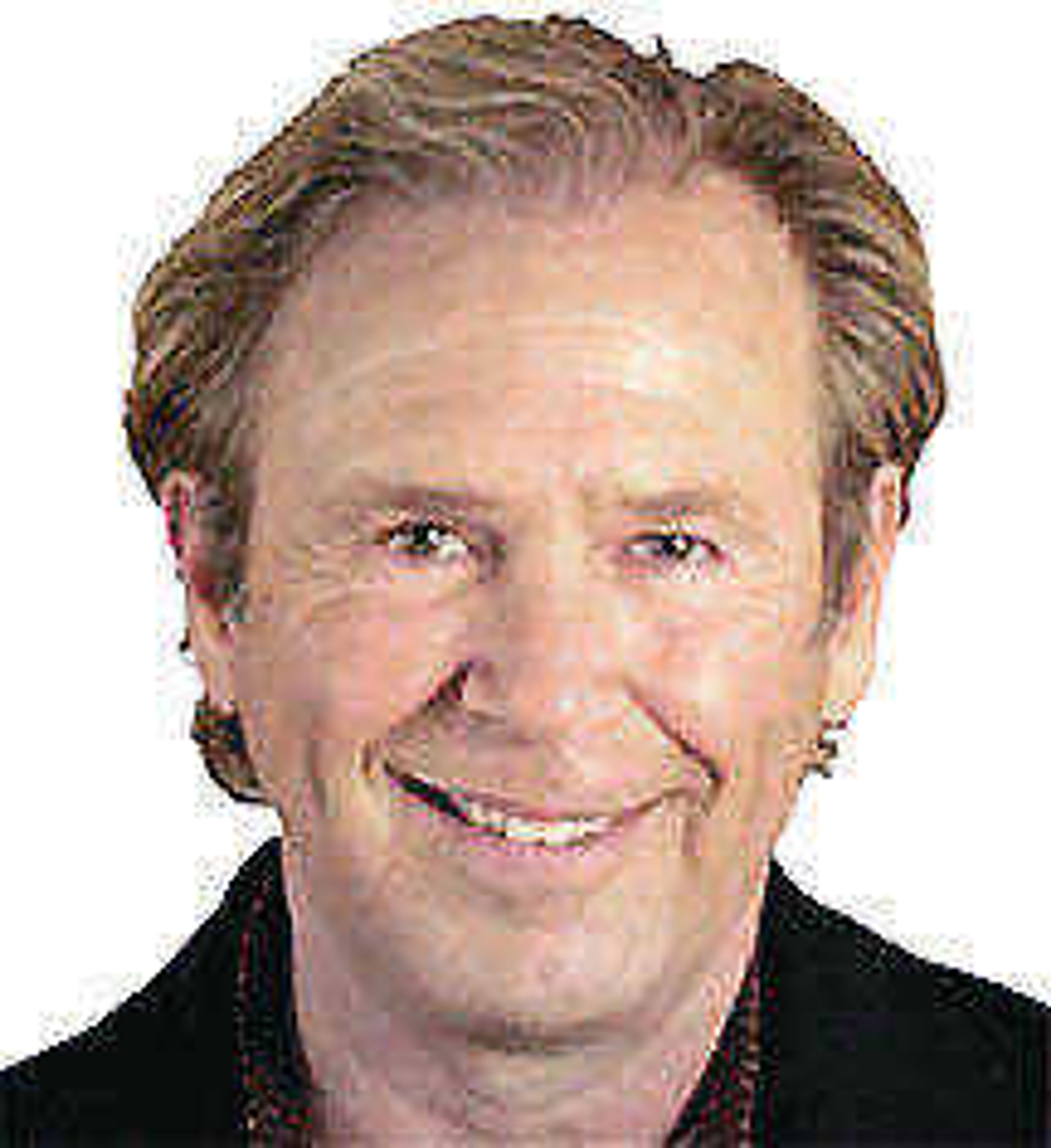De-stressing: Listening to the body
Last week, I explored the significant relationship between stress and its impact on our healthspan. One thing is for certain: stress -- or more specifically how we respond to it -- will age us and shorten the precious time we have to do our thing on this earthly plane...
Last week, I explored the significant relationship between stress and its impact on our healthspan.
One thing is for certain: stress -- or more specifically how we respond to it -- will age us and shorten the precious time we have to do our thing on this earthly plane.
To rephrase a popular saying, "Stress happens." It is how we are dealing with it, or not dealing with it, that matters.
Even though I have spent years developing techniques to help others (and myself) de-stress our lives, my body started telling me I needed to go back to school.
I sought out the services of Ann Brode, a very experienced somatic therapist. I readily admitted that I was having trouble keeping my "mind in my body."
She told me that I was not alone, reminding me that when the mind ignores the body, it will squawk. Aches and pains, here and there, sometimes, loud, sometimes vague.
The body will not be ignored.
According to Brode, there are two sources of information about stress available to us. One source that we are well aware of is the information we receive from the outside -- all of the articles, sound bites, Web sites and advice from everyone you know.
This can be confusing, and often not relevant to your specific situation. That is what makes the second source -- what we receive from "inside" -- particularly valuable. And it can be more reliable.
So many of us have a problem with accessing this inside information because we have lapsed into an inarticulate relationship with our bodies. I asked Ann how we can get our bodies to speak to us.
First, we need to get a reference point of what it is like to be in neutral, where there is no inner tension, no racing of the mind "with its madness and its lists." When the mind is quiet and the body is quiet, they are no longer strangers to each other because of the dialogue that results.
"Hence, the power and the value of meditation," says Brode.
She recognizes that meditation can present a quandary for many people. To some it seems foreign or mystical. And for many others who have tried it, it has been a frustrating and unproductive effort.
Brode explains: "One of the reasons it is so difficult to meditate is that when we do allow ourselves to sit quietly all that is disturbing and discordant becomes apparent and we would rather distract ourselves. After all, we live in a culture that is geared for distraction."
To successfully meditate, says Brode, most of us will require an attitude adjustment. Instead of being afraid of the distresses fomenting inside of us, we need to develop a "bring it on" attitude; we need to be curious, not defensive, about what is agitating us.
Defensiveness is what grips our bodies and mind causing restriction, tightness and distress.
This is how Brode suggests we approach meditation:
1. Insure your comfort. Find a physical space that is quiet, sensually pleasing or at least without distraction.
2. Scan the body, check in with it to see where there are physical tensions. Let them go.
3. Focus on the breath. Bring your singular attention to the act of breathing ... inhaling, exhaling. This automatically bypasses the language-dominated mind.
4. Feel the movement of the breath in the body. Be aware of when your mind wanders off. Without judgment, notice where your mind is and gently bring it back to its focus on your breath.
Dr. Michael O.L. Seabaugh is a Cape Girardeau native who is a licensed clinical psychologist in Santa Barbara and Santa Monica, Calif. Contact him at mseabaugh@semissourian.com.
Connect with the Southeast Missourian Newsroom:
For corrections to this story or other insights for the editor, click here. To submit a letter to the editor, click here. To learn about the Southeast Missourian’s AI Policy, click here.










